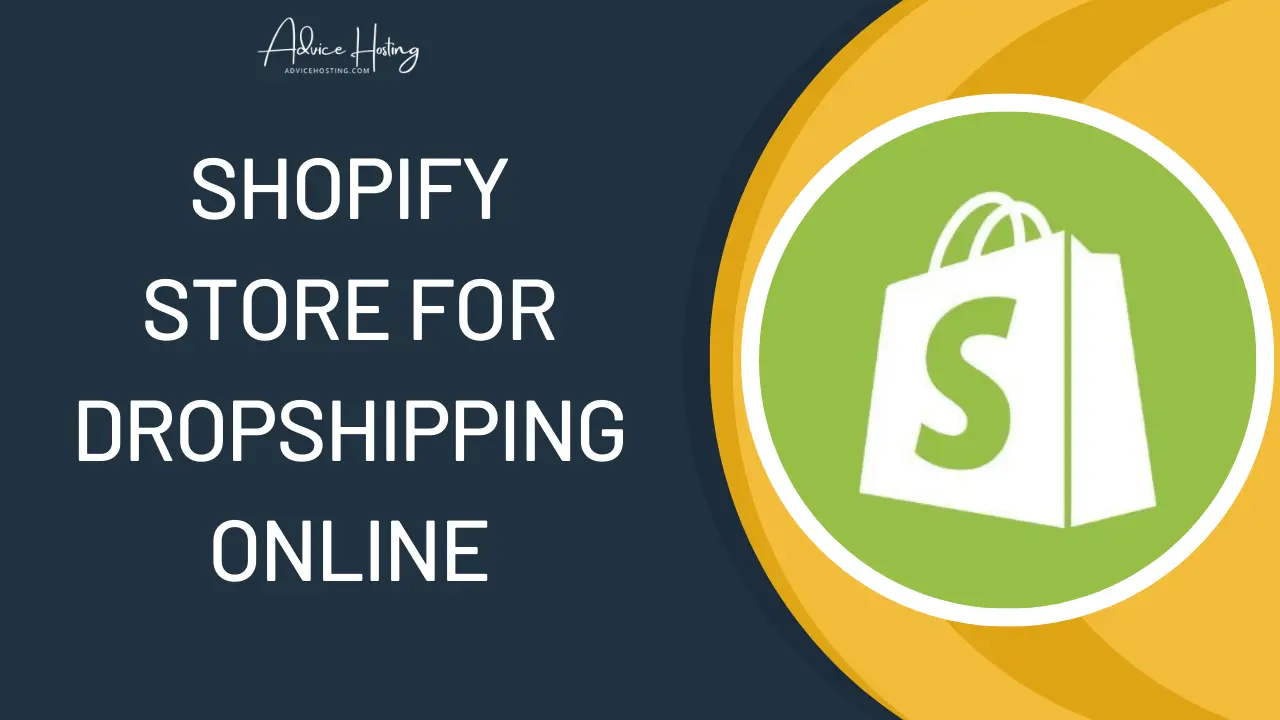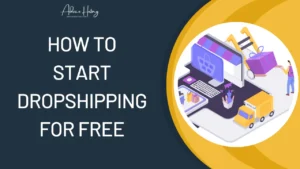
So, you want to start your own online business and delve into the world of dropshipping? You’ve come to the right place! Setting up a Shopify store for dropshipping is a fantastic way to kickstart your entrepreneurial journey without the hassle of managing inventory or dealing with shipping logistics. In this comprehensive guide, we’ll walk you through the step-by-step process of setting up your Shopify store for dropshipping success. From choosing the right products to optimizing your store for conversions, we’ve got you covered.
Table of Contents
1. Understanding Dropshipping
Dropshipping is a retail fulfillment method where a store doesn’t keep the products it sells in stock. Instead, when a store sells a product, it purchases the item from a third party and has it shipped directly to the customer. This means you can run an online store without ever handling inventory or shipping products yourself.
Key Points:
- Effortless Inventory Management: No need to worry about storing or managing inventory.
- Lower Startup Costs: Since you don’t have to purchase inventory upfront, the barrier to entry is much lower compared to traditional retail models.
2. Choosing Your Niche
Selecting the right niche is crucial for dropshipping success. Consider your interests, target audience, and market demand when choosing a niche for your Shopify store.
Niche Scraper is a powerful dropshipping and product research tool. It allows you to check other Shopify stores and helps you find winning products. It saves your time and does all the research for you to sell the right product. |
Key Points:
- Passion and Interest: Choose a niche that aligns with your interests to stay motivated and engaged.
- Market Research: Analyze market trends and competition to identify profitable niches with high demand.
3. Setting up Your Shopify Store
Now, let’s dive into the practical steps of setting up your Shopify store for dropshipping.
Key Points:
- Create a Shopify Account: Sign up for a Shopify account and choose a suitable plan.
- Choose a Store Name: Select a catchy and memorable name for your store.
- Customize Your Store: Customize your store’s design and layout to reflect your brand.
Get your first three months for just $1 per month with Shopify, our top-rated ecommerce website builder. |
4. Finding Reliable Suppliers
Finding reliable suppliers is crucial for ensuring smooth order fulfillment and customer satisfaction.
Key Points:
- Research Suppliers: Look for reputable suppliers with a track record of reliability and quality products.
- Communication: Establish clear communication channels with your suppliers to ensure smooth operations.
5. Adding Products to Your Store
Once you’ve found reliable suppliers, it’s time to add products to your Shopify store.
Key Points:
- Product Descriptions: Write compelling product descriptions that highlight key features and benefits.
- High-Quality Images: Use high-quality images to showcase your products effectively.
6. Optimizing for Conversions
Optimizing your store for conversions is essential for maximizing sales and revenue.
Key Points:
- User-Friendly Design: Ensure your store has a clean and intuitive design that makes it easy for customers to navigate.
- Clear Call-to-Action: Use clear and compelling call-to-action buttons to prompt visitors to take action.
7. Marketing Your Store
Effective marketing is key to driving traffic and generating sales for your Shopify store.
Key Points:
- Social Media Marketing: Leverage social media platforms to promote your products and engage with your audience.
- Email Marketing: Build an email list and send targeted campaigns to promote new products and special offers.
Get your first three months for just $1 per month with Shopify, our top-rated ecommerce website builder. |
8. Managing Customer Service
Providing excellent customer service is crucial for building trust and loyalty with your customers.
Key Points:
- Prompt Responses: Respond to customer inquiries and concerns promptly to show that you value their satisfaction.
- Handle Returns and Refunds: Have a clear policy in place for handling returns and refunds to ensure a positive customer experience.
9. Analyzing and Improving
Regularly analyze your store’s performance and make improvements based on customer feedback and data insights.
Key Points:
- Google Analytics: Use Google Analytics to track website traffic, conversion rates, and other key metrics.
- A/B Testing: Experiment with different strategies and analyze the results to optimize your store for better performance.
10. Conclusion
Congratulations! You’ve now learned how to set up your Shopify store for dropshipping success. By following these steps and staying proactive in managing your store, you’ll be well on your way to building a profitable online business.
Get your first three months for just $1 per month with Shopify, our top-rated ecommerce website builder. |
11. FAQs
Q1: How much does it cost to set up a Shopify store for dropshipping?
A: The cost of setting up a Shopify store varies depending on your chosen plan. Shopify offers several pricing options starting from $29 per month.
Q2: Do I need any technical skills to set up a Shopify store?
A: No, you don’t need any technical skills to set up a Shopify store. Shopify provides an easy-to-use platform with intuitive tools for building and managing your store.
Q3: Can I sell any product on my Shopify store?
A: Yes, you can sell almost any product on your Shopify store as long as it complies with Shopify’s Acceptable Use Policy.
Q4: How do I find reliable suppliers for dropshipping?
A: You can find reliable suppliers through online directories, trade shows, or by reaching out to manufacturers directly. It’s essential to research suppliers thoroughly and establish clear communication channels.
Q5: How long does it take to start making sales with a Shopify dropshipping store?
A: The time it takes to start making sales with a Shopify dropshipping store varies depending on various factors such as product selection, marketing efforts, and market demand. With effective marketing strategies, some store owners start seeing sales within a few weeks, while others may take longer to gain traction.






